As a key equipment in industrial production, the efficiency improvement of slitting machine directly affects cost control and capacity output. The following systematically elaborates the solutions to improve the production efficiency of slitting machines from three dimensions: core technology optimization, function upgrade and industry adaptation:
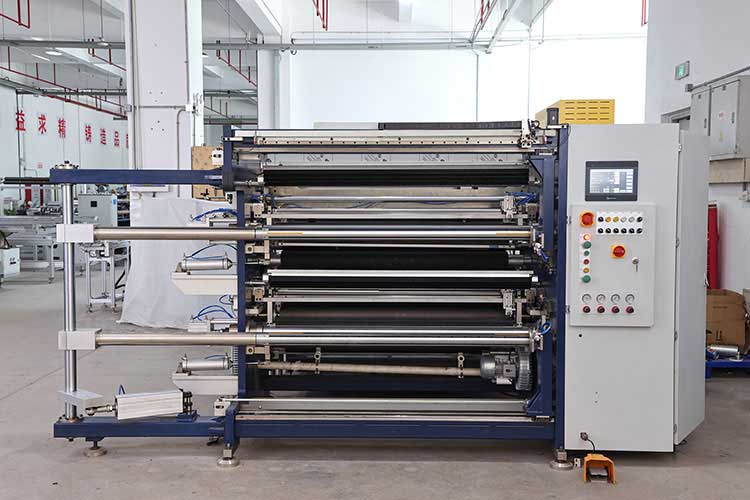
First, the core technology efficiency improvement plan
1. Dynamic tension control system
◦ The combination of closed-loop magnetic particle brake + tension sensor is used to control the tension fluctuation within ±0.5N (±3N in the traditional system) to reduce the downtime adjustment caused by tensile deformation of the material
◦ Industry case: In lithium battery separator slitting, the system reduces the scrap rate from 5% to 0.8%
2. Intelligent cutting algorithm
◦ The AI cutting solution equipped with the visual recognition system can calculate the optimal cutting path in real time, and the material utilization rate can be increased by 12-15%.
◦ Special application: When the cloth roll is cut in the garment industry, the seams of the pattern are automatically identified to avoid pattern misalignment
3. Multi-axis synchronous drive technology
◦ Using the configuration of servo motor + electronic gearbox, the synchronization accuracy of each cutting unit is ±0.01mm, and the roll change time is shortened to less than 30 seconds
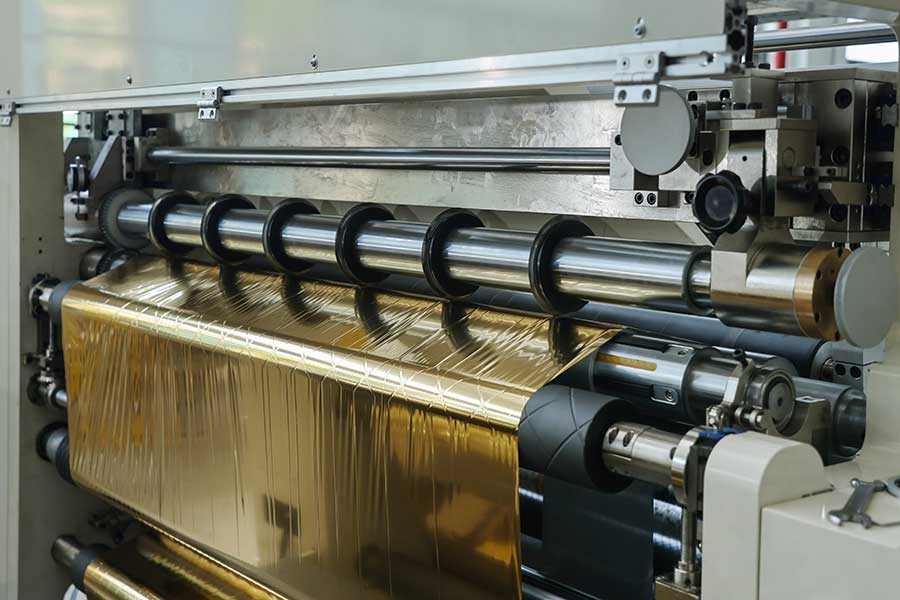
Second, functional module upgrade strategy
| Functional modules | Traditional configuration | Efficient upgrade solutions | Efficiency gains |
| Rewinding and unwinding system | Mechanical expansion shaft | Pneumatic quick-locking device | 60% faster roll change |
| Web guiding system | Photoelectric sensors | CCD Vision Correction (±0.1mm accuracy) | 40% reduction in scrap |
| Dust removal device | Stationary vacuuming | Pulse backflush + cyclone separation system | The cleaning interval is extended by a factor of 3 |
Special Feature Extensions:
• The film industry can be equipped with an optional on-line thickness detector, which can be fed back to the control system in real time to adjust the pressure parameters
• Corrugated slitting can be equipped with an automatic stacking manipulator to realize the automation of the end process
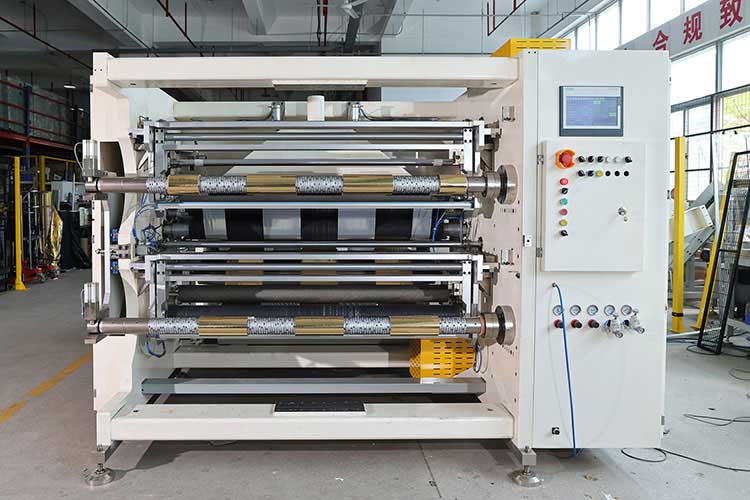
Third, customized solutions for the industry
1. New energy field
◦ Ultrasonic cutting technology is used for pole piece slitting to avoid burrs (cutting speed up to 120m/min)
◦ Equipped with an anti-metal dust explosion system to meet the requirements of ATEX certification
2. Packaging materials industry
◦ Developed a double-station rotary tool holder to realize non-stop tool change for BOPP film
◦ Integrated online slitting technology to complete the compounding-slitting-winding process at one time
3. Special needs of the textile industry
◦ Low-tension slitting system for elastic fabrics (tension ≤ 2N)
◦ Equipped with static elimination rod to prevent the adhesion of chemical fiber materials
Fourth, the key points of maintenance optimization
1. Preventive maintenance system
◦ The vibration monitoring module provides 200 hours in advance warning of bearing failures
◦ The tool life management system automatically accumulates wear values based on material hardness
2. Quick changeover program
◦ Modular design reduces product changeover time from 45 minutes to 8 minutes
◦ QR code scanning is used to automatically recall process parameters
Latest technology trends: The laser-assisted slitting technology showcased at INDEX 2023 in Germany can increase the cutting speed of carbon fiber materials by 300%, but the equipment cost will increase by about 40%, and the applicability needs to be evaluated based on the added value of the product.
Through the combination of these technologies, the overall efficiency of modern slitters can be increased by 50-80% compared to traditional equipment, but it is necessary to pay attention to the different requirements of different material properties (such as tensile modulus, friction coefficient) on system parameters. It is advisable to start with process validation for small batches and then gradually scale up production.
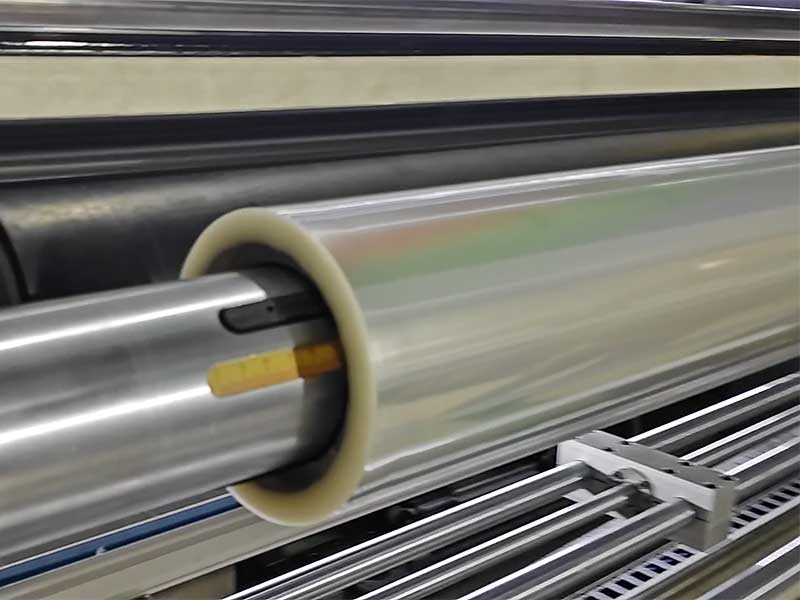 Innovation in ease of operation: intelligent control design of the new generation of film slitting machines
Innovation in ease of operation: intelligent control design of the new generation of film slitting machines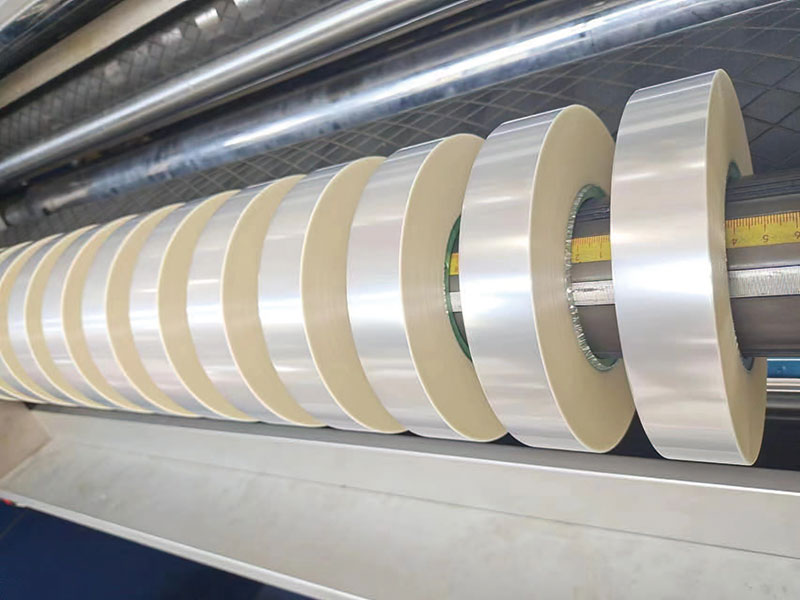 Upgrade the reliability of film slitting machines: the technical path to achieve continuous 1,000 hours of trouble-free operation
Upgrade the reliability of film slitting machines: the technical path to achieve continuous 1,000 hours of trouble-free operation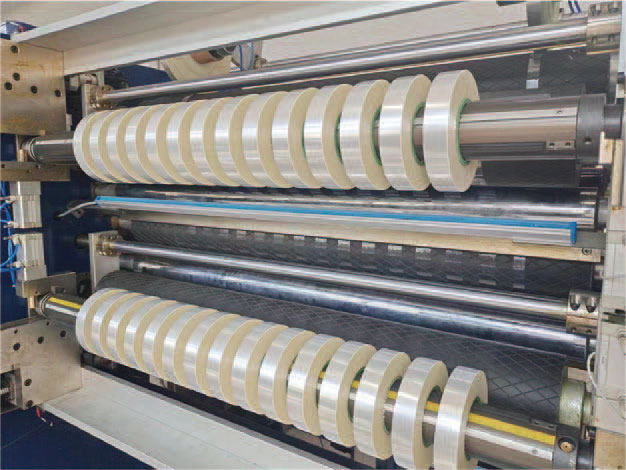 Five key points you must know before purchasing a film slitting machine
Five key points you must know before purchasing a film slitting machine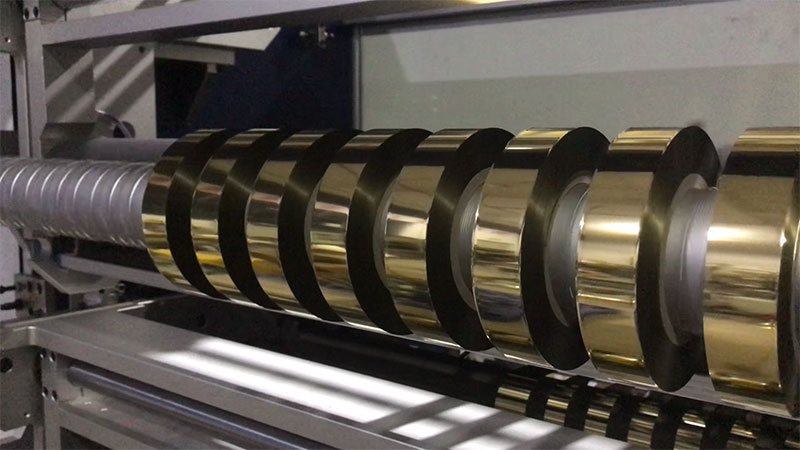 Key points of long-term reliability evaluation of hot stamping foil slitting machine: How to protect investment safety on the blade?
Key points of long-term reliability evaluation of hot stamping foil slitting machine: How to protect investment safety on the blade? Real user feedback: Reliability challenges and countermeasures in the production of hot stamping foil slitting machines
Real user feedback: Reliability challenges and countermeasures in the production of hot stamping foil slitting machines